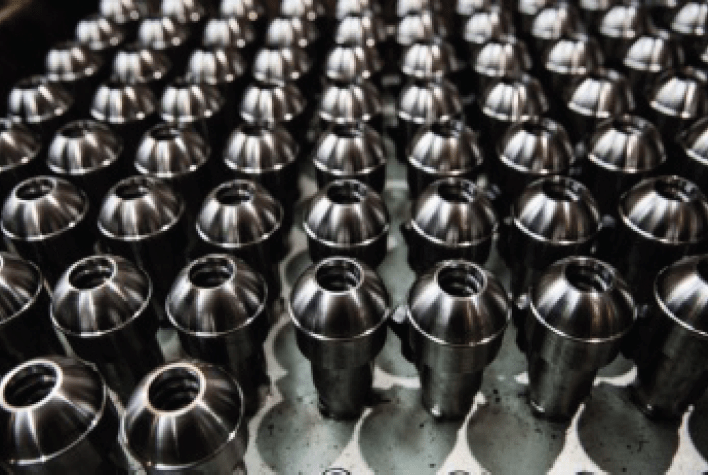
Doka offers formwork systems for the construction industry. The upgrade of an existing robotic welding cell with a TPS/i Robotics power source and a magnetic CrashBox has enabled even greater improvement in productivity as well as greater flexibility.
Thomas Auer is a master welder supervises a number of robot cells as one of his duties at Doka’s main facility in Amstetten, said that after the upgrade of the robot cell, system availability – including set-up times – increased from 90 to 94 per cent. In a system such as this cell that runs in a shift operation and is used for series production, this represents significant cost savings.
“The trigger for the upgrade was not that we were unsatisfied with the reliability of the TPS 5000 power source we were already using – quite the opposite,” said Auer. “However, this is one of our strategically important production systems and we are always open to further optimisation suggestions. We initially used TPS/i Robotics as a pilot customer when Fronius invited us to do so and we have simply stayed with it due to the outstanding results.”
It is primarily small components that are welded in the robot cell – edge lengths of up to one meter, construction steel qualities of S235 to S355, fillet and butt welds with an a-dimension of 2.5 to 10mm and sheet thicknesses from 2 to 10mm. Programme duration is between one and six minutes. Since around 80 different workpieces are welded in batch sizes from 20 to 3,500 pieces, two to three set-up processes per day are usual. Therefore, as compared to the predecessor generation, the improvements in the TPS/i Robotics that help to accelerate or avoid set-up processes are particularly welcome.
These improvements include the greatly simplified threading of the wire electrodes. “The welder simply threads the wire and presses a button,” said Auer. “The feed system does the rest – no messing around with screwdrivers or cutting pliers.” The feed system itself still looks like new, even after processing around 3,000kg of filler material (1mm solid wire) since the cell was upgraded with a WF 25i R wirefeeder and a TPS 500i PULSE. The system also makes wire threading easier later on in the process since it pulls the wire back without intervention from the operator as soon as it encounters obstacles. Therefore the operator does not need to keep a constant eye on the torch to prevent loops forming or to readjust the tool contact point (TCP) when programming the robot or changing the wire.
The new magnetic CrashBox has made an equal contribution to increasing the machine availability at Doka. It prevents damage to the welding torch in the event of a collision. “And they aren’t uncommon,” said Auer. “With frequent set-up operations, you often get mistakes, either in the assembly, choice of primary material, operation or even programming, which result in a collision.” In a collision, the magnetic connection of the CrashBox is released and so protects the torch from mechanical damage. It can be re-connected with one hand and with extreme reset accuracy. A collision therefore results in only a few minutes production delay.
“With mechanical models, however, you had to dismantle and re-align the torch, or even change the torch entirely, which meant the machine standing idle for at least half an hour,” said Auer. Far faster in his experience is the manual changing of the inner liner too, although this has been needed only twice in the one-and-a-half years since the upgrade thanks to the robust construction and precise wire-feed of the TPS/i Robotics.
Doka has also reported a five to 10 per cent increase in welding speed since the upgrade, i.e. an even greater boost in system productivity. The increase is essentially due to the innovative arc length stabiliser of the TPS/i Robotics in combination with the new PMC pulsed arc process. The stabiliser keeps the arc constantly short and ensures a deeper weld penetration without undercutting. At the same time there is barely any spatter, which means a better looking weld seam. The penetration stabiliser also ensures even penetration when faced with a fluctuating stick out and during out-of-position welding.










National Gas receives funding to develop Gravitricity underground hydrogen storage system
One single rock salt mine - Winsford - has 23 <i>MILLION </i>cubic metres of void and even allowing for 10% of that void set aside for hazardous waste...